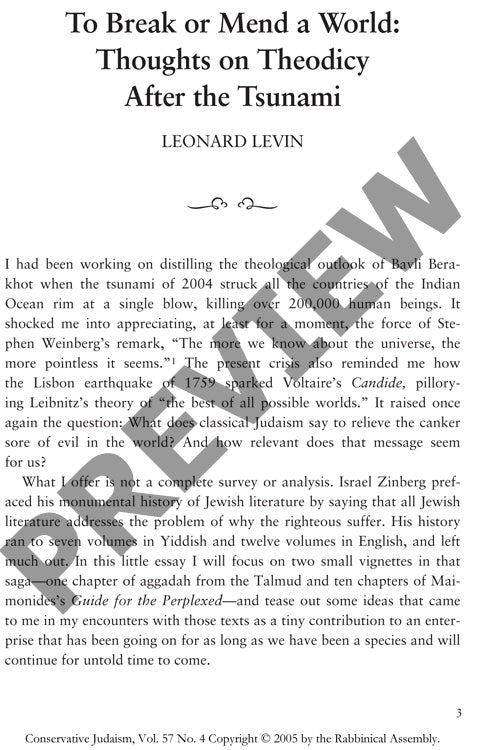To Break or Mend a World Thoughts on The
Couldn't load pickup availability
When a devastating tsunami struck the Indian Ocean in 2004, it reignited ancient questions about divine justice and human suffering that Jewish scholars have grappled with for millennia. Classical Jewish approaches to theodicy offer surprisingly relevant frameworks for reconciling natural disasters with divine providence. Through close textual analysis of the Babylonian Talmud's Tractate Berakhot and Maimonides's Guide for the Perplexed, two distinct but complementary approaches emerge. The Talmudic perspective advocates divine-human partnership in addressing suffering, explicitly rejecting simplistic blame-based explanations while emphasizing practical aid over theoretical understanding. Maimonides introduces natural law as a mediating factor, arguing that physical constraints rather than divine malevolence explain most suffering. These classical insights can be synthesized through a panentheistic framework influenced by process theology, wherein God participates in natural evolution while remaining partially bound by physical laws. This integrated perspective maintains both scientific realism and divine engagement, suggesting that human intelligence and compassion represent divine partnership in ameliorating natural catastrophes. The most adequate theological response to natural disasters ultimately involves exercising human capabilities to prevent future suffering while acknowledging the persistent mystery of divine purpose within natural order.

More Information
-
Physical Description
-
Publication Information
Published 2005
ISBN
-
Publication Credits
Leonard Levin

